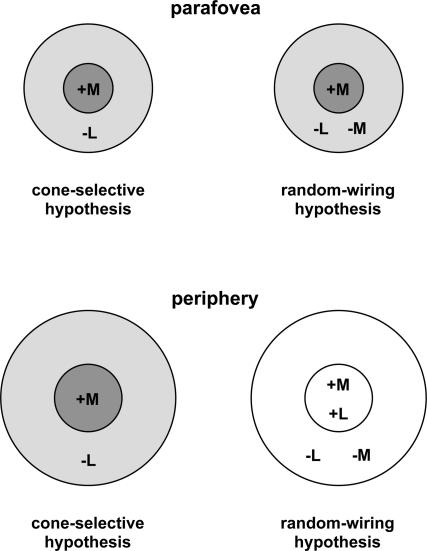Figure 1. Models proposed for L/M chromatic opponency, based on centre–surround receptive field antagonism.
The resulting opponency is determined by the relative weights of the cone input to the centre versus the surround. In the parafovea a ‘private-line’ arrangement exists, where a single cone type (+M here) provides input to the centre of the ganglion cell's receptive field, whilst the surround gets input from another cone type (‘cone-selective’ hypothesis) or from mixed cone types (‘random-wiring’ hypothesis). Chromatic opponency is preserved in both cases. In the peripheral retina midget ganglion cells' receptive fields are much larger and receive convergent input from a number of photoreceptors. The cone-selective hypothesis postulates a selective circuitry where both centre and surround receive input from a single cone type; chromatic opponency is preserved. The ‘random-wiring’ hypothesis postulates mixed input both to the centre and surround of receptive field, resulting in a non-opponent peripheral cell.

